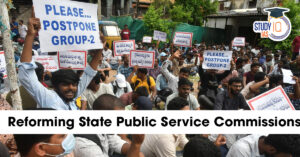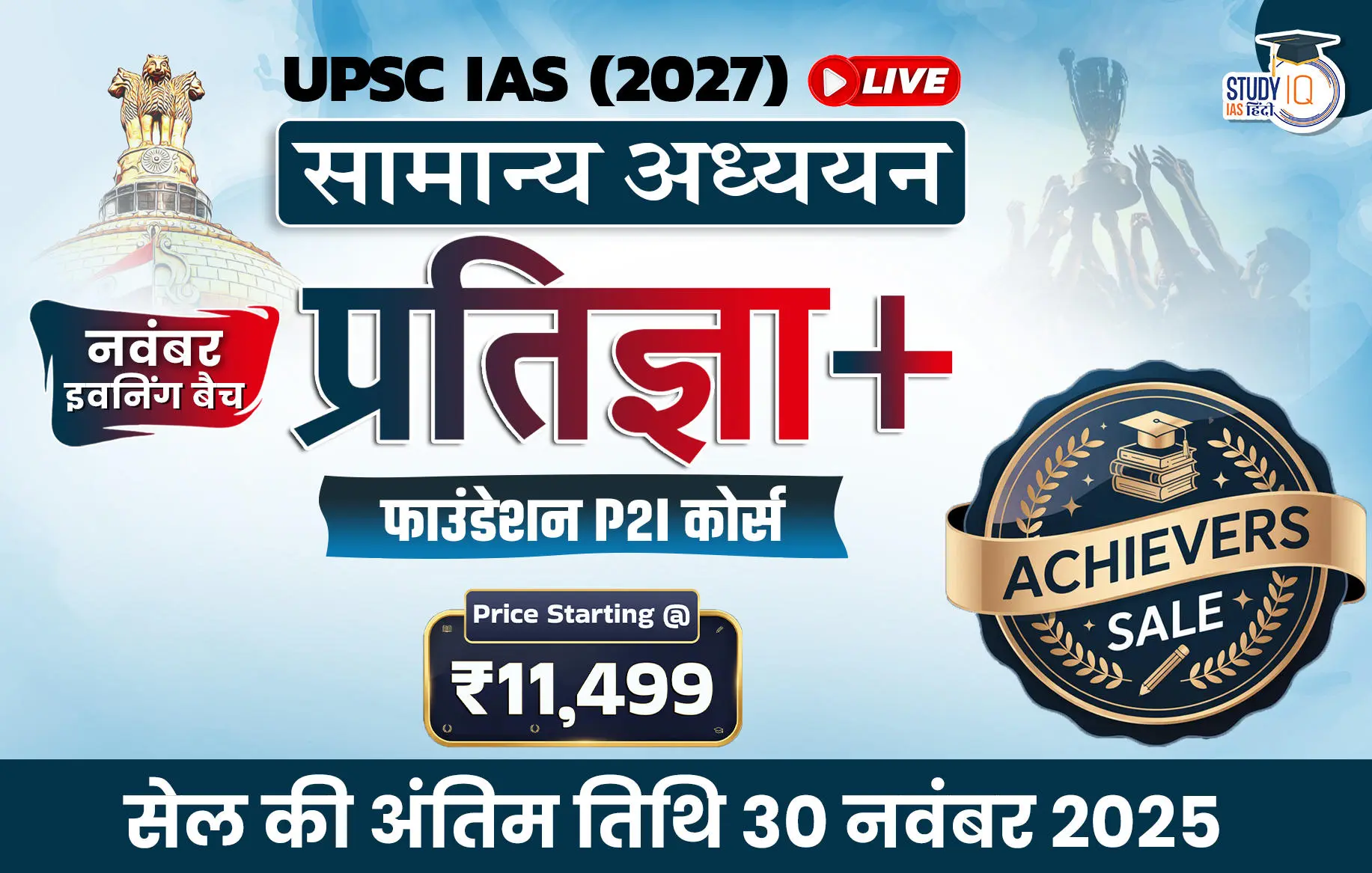Table of Contents
India is the world’s fastest-growing digital economy. By 2025, the country has over 900 million internet users, 1.2 billion mobile phone connections, and produces the third-largest number of tech startups globally. Yet behind these headline numbers lies a stark and persistent digital divide that runs almost perfectly along caste and class lines.
Internet Penetration by Caste and Class (Latest 2024–2025 Data)
| Social Group | Internet Users (%) | Smartphone Ownership (%) | Home Laptop/Desktop (%) |
|---|---|---|---|
| General Category (Upper castes) | 68–75% | 82% | 38% |
| Other Backward Classes (OBC) | 48–55% | 65% | 18% |
| Scheduled Castes (Dalits) | 38–42% | 52% | 9% |
| Scheduled Tribes (Adivasis) | 28–34% | 42% | 6% |
| National Average | ~58% | 68% | 21% |
Sources: Oxfam India–IIT Bombay “India Inequality Report 2024”, NSSO 80th Round (2023–24), ASER Rural 2024, CMIE Household Survey 2025
The gap is even wider when we look at quality of access and usage.
The Three Layers of the Caste-Class Digital Divide
1. Access Divide (Who Has Devices and Connectivity?)
- Upper-caste, urban, upper-income households often have multiple devices (smartphone + laptop + broadband).
- Dalit and Adivasi households in rural areas frequently share one basic smartphone among 5–7 family members.
- 2025 data: Only 8% of SC households and 5% of ST households have fixed broadband at home compared to 42% of upper-caste households.
2. Skills and Usage Divide (What Do People Actually Do Online?)
Even when a smartphone exists, usage patterns differ sharply:
| Activity (2024) | Upper Caste/General | OBC | SC | ST |
|---|---|---|---|---|
| Online learning / MOOCs | 48% | 28% | 14% | 9% |
| Freelancing / remote work | 22% | 9% | 3% | 1% |
| Government schemes / e-services | 71% | 68% | 52% | 41% |
| Entertainment (OTT, YouTube, reels) | 89% | 91% | 94% | 96% |
3. Outcome Divide (Who Benefits from the Digital Economy?)
- 2024 LinkedIn data: Only 6–8% of Indian members from SC/ST backgrounds (vs. 16.6% population share).
- Startup founder surveys (2023–2025): Less than 1% of Indian unicorn founders are Dalit or Adivasi.
- Top IITs (2024 admission): General category students (mostly upper caste) occupy ~65% of open seats despite being only ~25% of population.
Why Caste Still Predicts Digital Access in 2025
- Economic inequality remains heavily skewed toward upper castes, with land ownership, inherited wealth, and urban location still being disproportionately concentrated among them. A smartphone or laptop is often the first thing sacrificed when money is tight.
- Educational Gap Dropout rates remain highest among SC/ST students, especially girls. Without foundational literacy and English skills, advanced digital usage is impossible.
- Residential Segregation. Many Dalit bastis (colonies) and Adivasi villages have poor mobile network coverage and no fiber broadband even in 2025.
- Social Networks Job and educational opportunities in tech often flow through caste-based alumni networks, hostel groups, and family connections.
- Discrimination in Digital Spaces: Caste-based slurs, trolling, and exclusion are common on gaming platforms, matrimonial sites, and even professional networks.
Government Efforts and Their LimitationsThe
- BharatNet project has connected 2.5 lakh village panchayats, but the last-mile fiber to SC/ST localities is often delayed.
- Free JioPhone and cheap data revolutionised basic access (2016–2020), but it mostly increased entertainment consumption rather than economic mobility.
- Reservation in educational institutions exists, but coaching culture and English-medium private schools remain financially and socially inaccessible to most lower-caste students.
The Bottom Line in 2025
India’s digital revolution has been astonishingly fast, but astonishingly unequal. Caste and class still determine:
- Whether you own a device
- Whether you can study online
- Whether you can work remotely or start a tech company
- Whether the internet is a ladder upward or just another screen for entertainment
Until land, education, and social networks are redistributed more equitably, the digital divide will continue to mirror — and in many cases widen — India’s ancient caste and class inequalities.
Suppose India truly wants “Digital India” to mean inclusion and not just penetration numbers. In that case, policymakers will have to confront caste and class head-on rather than pretending technology alone is caste-blind.


 Meerut Bugle Gets GI Tag 2025: The 150-Y...
Meerut Bugle Gets GI Tag 2025: The 150-Y...
 Reforming State Public Service Commissio...
Reforming State Public Service Commissio...
 Central Industrial Security Force (CISF)...
Central Industrial Security Force (CISF)...

























